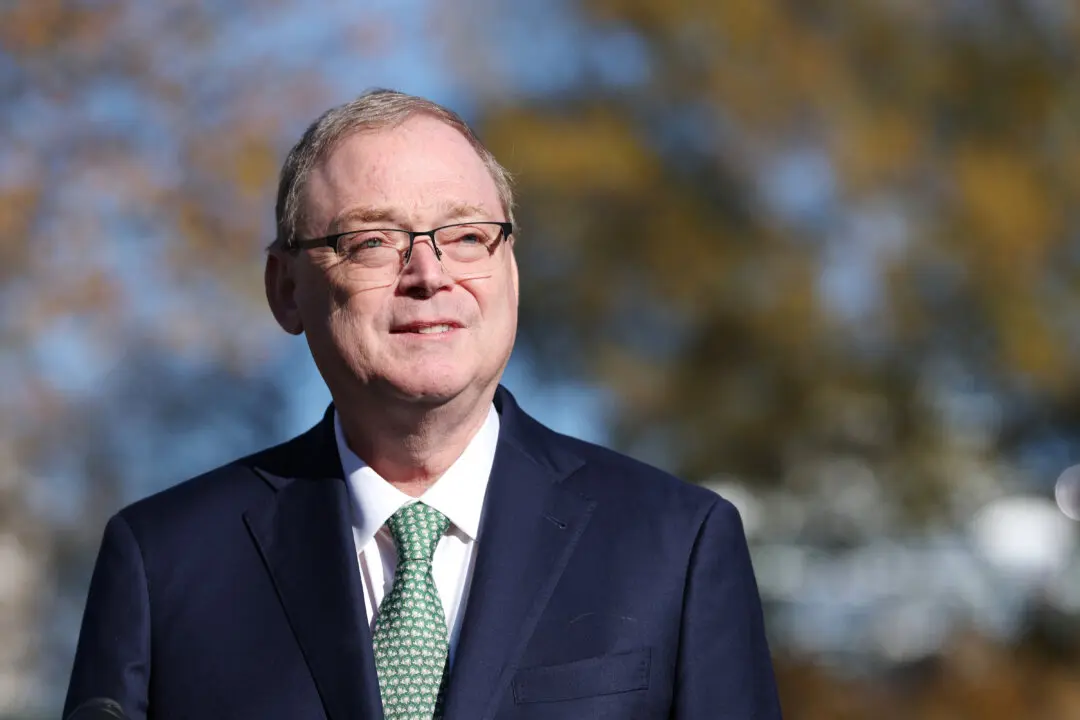A JPMorgan model for forecasting job creation in the U.S. economy predicts another weak number for September, on the back of a reduction in consumer spending in sectors like travel and leisure.
The predictive model, created by the bank’s quantitative research team, projects September’s nonfarm payrolls number to come in at 333,000. While that would be higher than the 235,000 jobs added in August, it would make September the second month of weak labor market data after U.S. employers added 1.05 million jobs in July.





